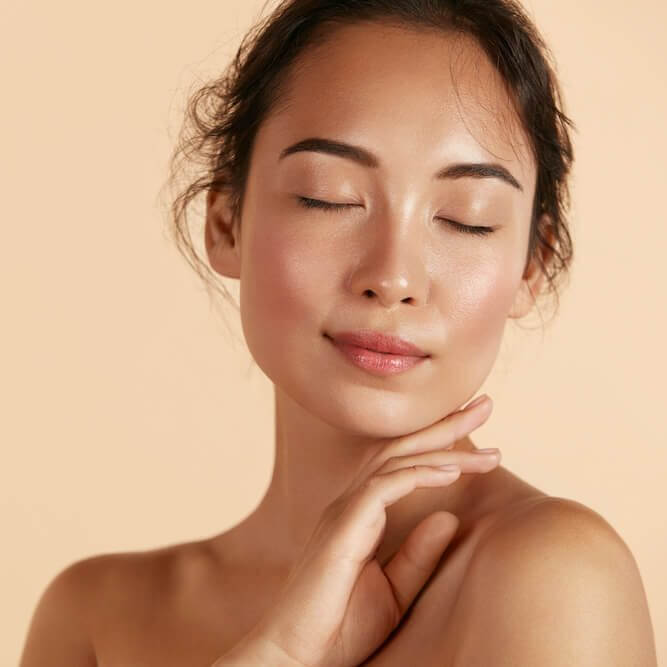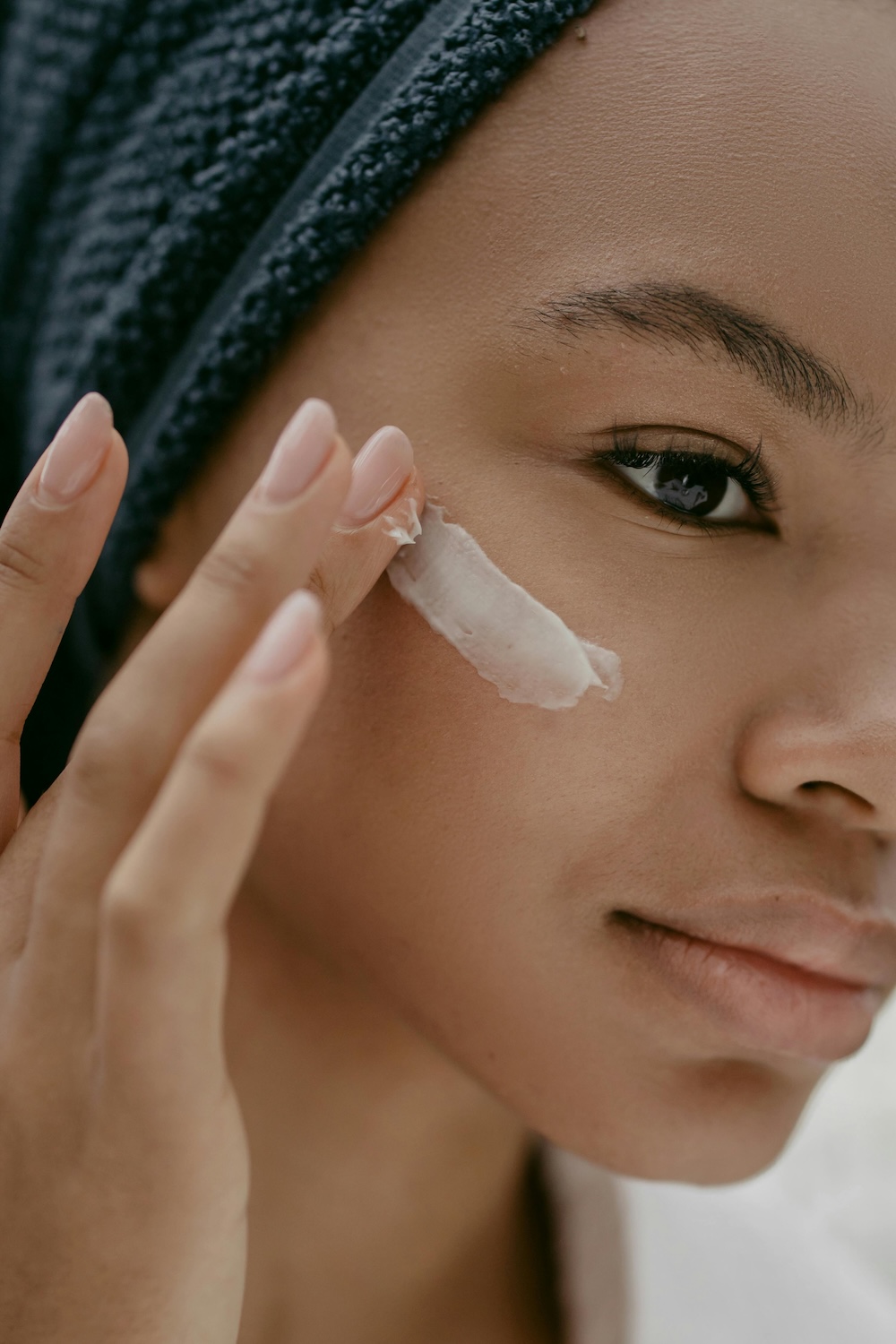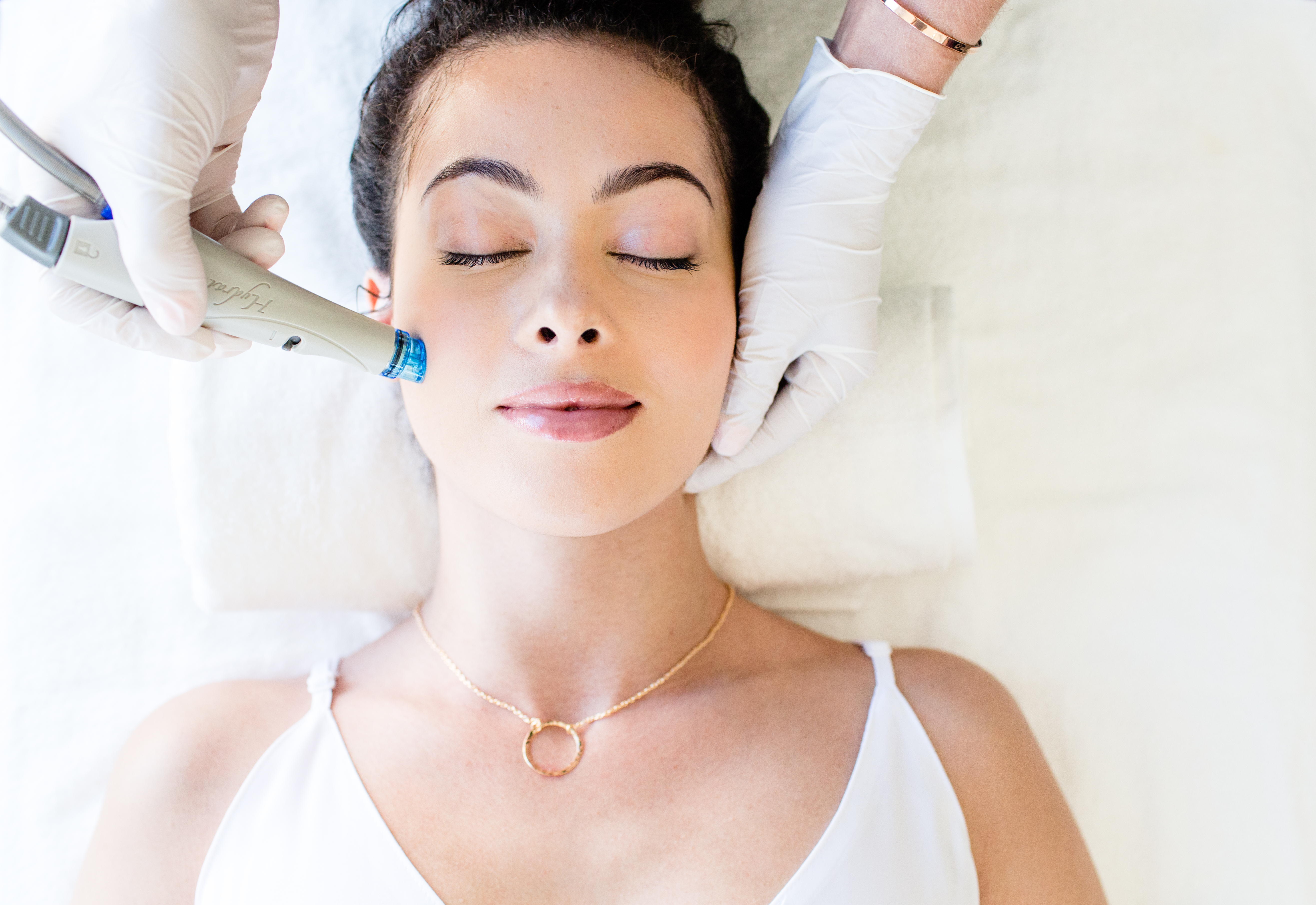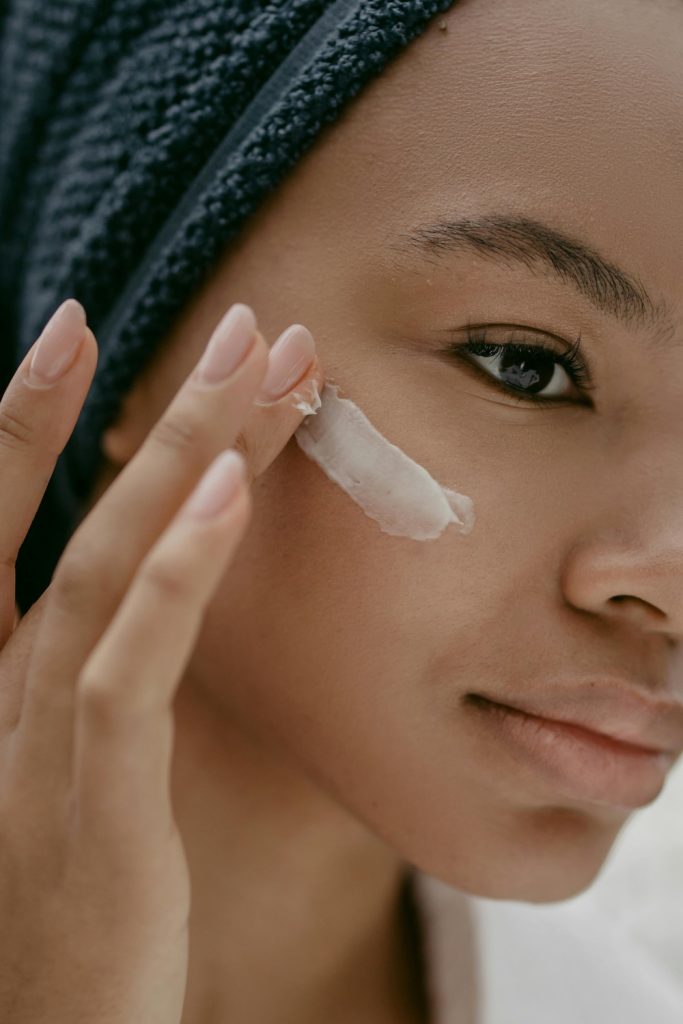
Jump to article sections
If you have ever wondered whether retinol is worth all the hype, you are not alone. Retinoids, which include retinol and its related compounds, are some of the most studied and effective ingredients in skin health. At the same time, they are also some of the most misunderstood. Patients often hear bits and pieces of information from beauty blogs, friends, or product labels, but very few resources explain how retinoids actually work in the skin.
In this guide, I will take you through the science, the benefits, the myths, and the practical advice you need to know about retinoids. My goal is to provide the truth behind this category of treatments so you can feel informed and confident in choosing whether retinoids are right for your skin.
What Are Retinoids? A journey to the nucleus of the cell
Vitamin A is essential for every cell in the body, but it plays a particularly important role in skin. Because it is fat-soluble, we cannot simply consume large amounts of it without risk of toxicity. Instead, the safest and most effective way to provide the skin with the vitamin A it needs is through topical application.
Retinoids are compounds derived from vitamin A. They come in many forms. The most potent is isotretinoin, commonly known as Accutane, which is taken orally for severe acne. Retinoic acid, or tretinoin, is the prescription topical form that is immediately active in the skin. Retinol is an alcohol form that requires conversion inside the cell before it can become active. Retinyl esters are gentler and must undergo several conversions before reaching the active state.
Once applied to the skin, retinoids face several hurdles. The skin acts as a barrier, so only a portion of the product penetrates the living layers. Once there, the cells must create receptors to allow the retinoid molecules to enter. In the early stages, this process is inefficient and often irritates such as redness and peeling. Over time, as the receptors increase, the cells are able to welcome the retinoids more easily. Inside the cell, the molecules are converted into retinoic acid, which travels into the nucleus and activates genes that repair DNA and promote healthy cell function.
This is the heart of why retinoids are so valuable. They are not just surface treatments. They work at the genetic level to improve the behavior of skin cells.
How Do Retinoids Work in the Skin?
Retinoids became a household name in 1971 when the FDA approved Retin-A for the treatment of acne. Since then, research has shown that retinoids do much more than clear breakouts. They regulate the natural cell turnover cycle, normalize how pores shed and secrete oil, and stimulate the deeper layers of the skin to produce collagen and elastin.
For acne, this means that the cells lining the sebaceous glands stay flat instead of sticking together and clogging pores. Oil production stabilizes, inflammation decreases, and breakouts become less frequent. For aging or sun-damaged skin, retinoids awaken sluggish cells, leading to improved elasticity, smoother texture, and stronger barrier function. Even patients with conditions like rosacea may experience better resilience when retinoids are carefully introduced.
Because their mechanism of action is so well understood, retinoids remain one of the most trusted molecules in dermatology.
Benefits of Retinoids
The list of benefits is long, but what matters most is that these benefits are backed by decades of scientific evidence. Regular use of retinoids can:
- Reduce fine lines and wrinkles
- Treat and prevent acne
- Smooth rough texture
- Brighten dull complexions
- Improve skin barrier health
- Lighten pigmentation from sun damage or melasma
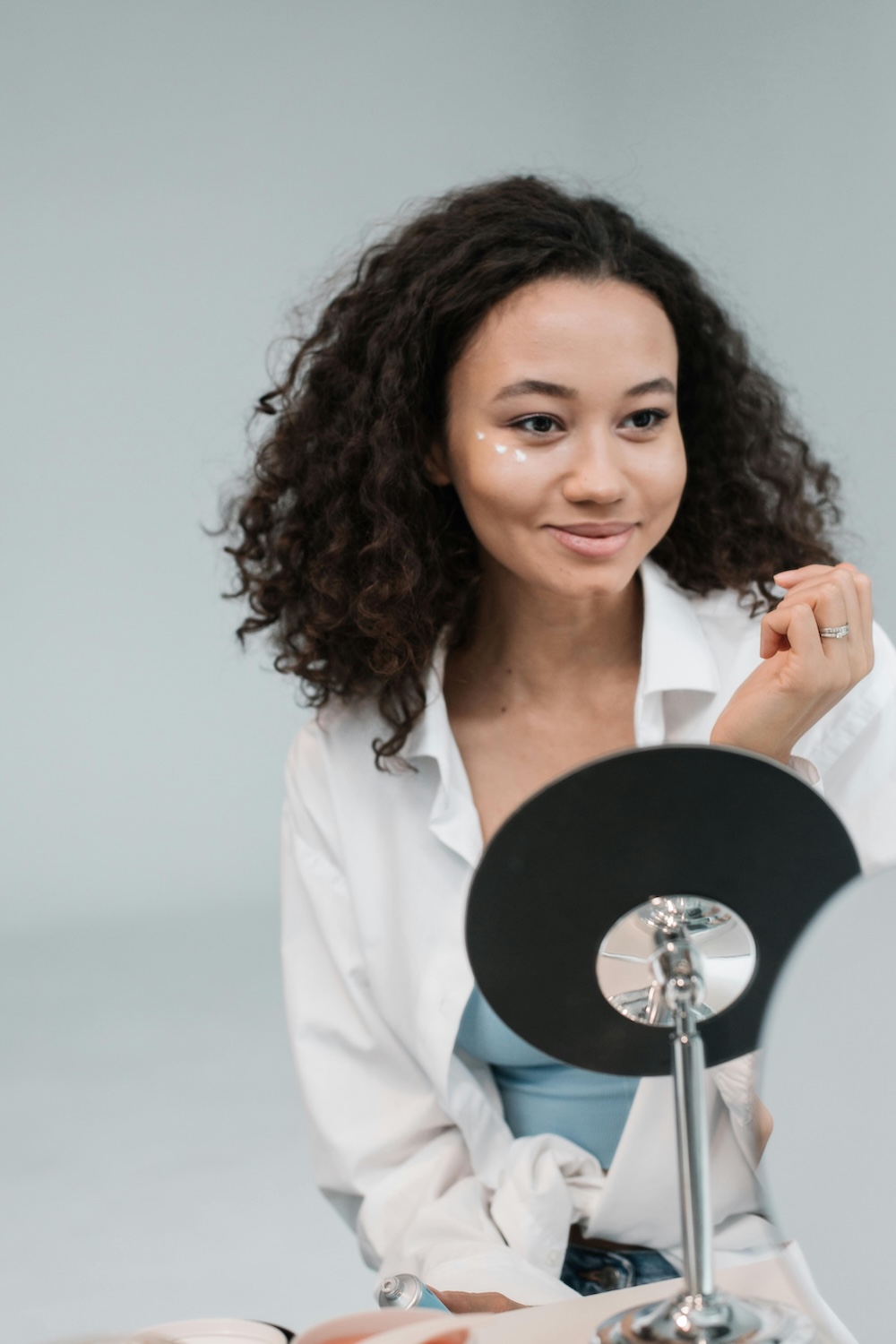
The Different Types of Retinoids
It is important to understand that not all retinoids are the same. Retinyl esters are the gentlest, but they require multiple steps before becoming active, so results are slower. Retinol is a common choice in both over-the-counter and Medical-Grade Skin Care, and although it requires conversion, it is usually well-tolerated. Retinaldehyde is one step closer to retinoic acid and often produces results faster than retinol. Adapalene is a synthetic retinoid designed primarily for acne and is now available without a prescription.
Prescription strength forms include tretinoin, which is pure retinoic acid, and tazarotene, which is even more potent and best suited for patients with oily skin, severe acne, or extensive sun damage. Each form carries its own balance of effectiveness and tolerance, which is why medical guidance matters.
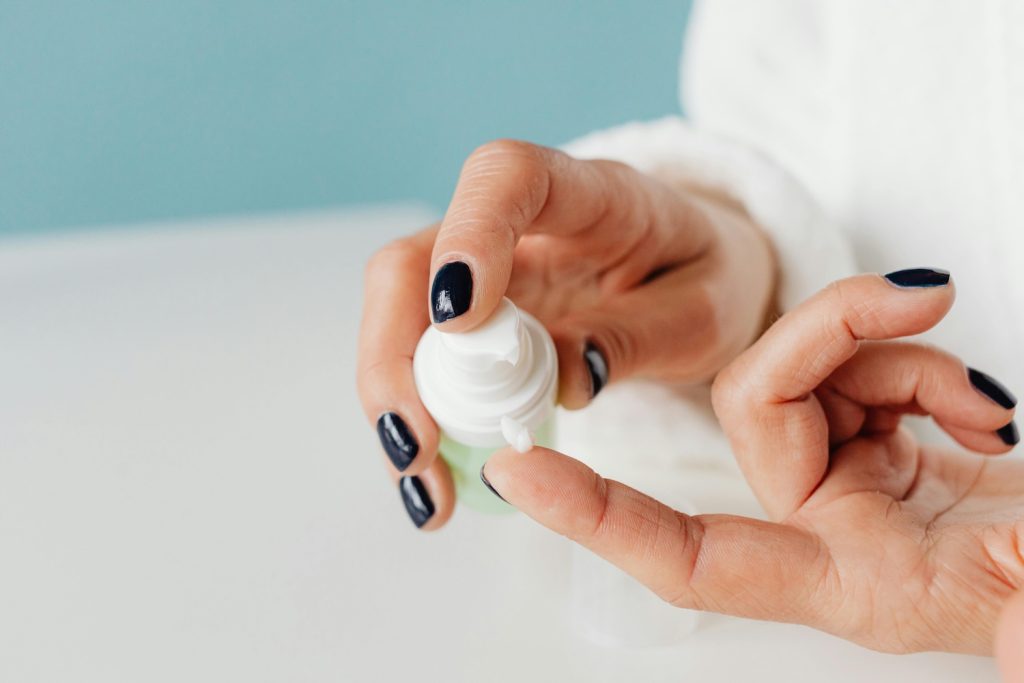
What to Expect When Starting a Retinoid
Beginning a retinoid can be an adjustment. The skin must first learn how to create the receptors that allow retinoids to enter. During this process, redness, dryness, peeling, and itching are common. These side effects are not an allergy but an expected response as the skin adapts.
The timeline for visible change follows the natural rhythm of the skin. A full cell cycle takes about six weeks, so that is the earliest point at which improvements may begin to show. Most patients notice more significant changes after three to five months of consistent use. Setting realistic expectations and being prepared for a temporary adjustment period are key to success.
How to Use Safely
Safe use begins with proper application. Retinoids should be applied to clean, dry skin, usually at night, when the skin is in its natural renewal phase. A large pea to lima bean-sized amount is enough for the entire face. Moisturizers can be used during the transition phase to help with dryness, but the long-term goal is for the skin to restore its own moisture balance.
Daily sun protection is essential. Retinoids increase the skin’s sensitivity to UV light, which means that even those who rarely burn may find themselves at higher risk of sun damage. Sunscreen should be applied every morning without exception.
Patients should also avoid waxing, bleaching, or undergoing procedures such as peels and lasers while actively using retinoids, since the skin is more vulnerable during this time.
If you are using hydroquinone for melasma or hyperpigmentation
Hydroquinone works best in partnership with a retinoid. The retinoid increases epidermal turnover and enhances penetration so pigment fades more evenly and more deeply. We always combine the two ingredients in our Skin Fitness programs designed to reduce pigmentation.
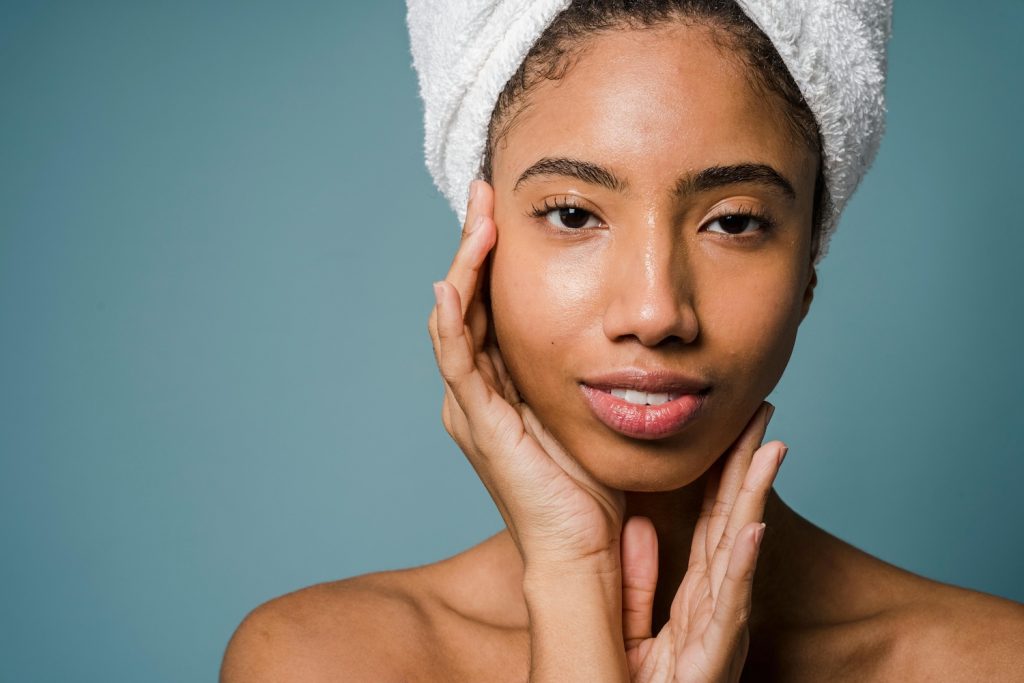
Common Mistakes to Avoid
Many patients assume stronger is better and jump immediately to the most potent prescription. This often leads to frustration and discontinuation. It is better to start with an appropriate strength and increase gradually. With proper coaching and persistence, most patients can work through the adjustment phase and achieve the desired results.
Myths and Misconceptions About Retinoids
One of the most common myths is that retinoids thin the skin. In fact, they thicken the deeper supportive layers by stimulating collagen production.
Another misconception is that retinoids should not be used in your twenties. On the contrary, introducing a well-tolerated retinoid in your twenties can be a powerful preventive measure. Patients also often believe that all retinoids are the same. The truth is that potency, conversion steps, and side effects vary widely between different forms.
Finally, some people think that if a product burns, it must be working. Irritation is not the goal. Proper dosing and consistency are what deliver results.
Pairing Retinoids with Other Treatments
Retinoids can be paired with many other skin care ingredients for enhanced results. They complement antioxidants, peptides, and pigment-balancing serums, and they can boost the effects of growth factors for mature skin. Alpha and Beta hydroxy acids can be incredible for the right patients. Timing, however, is critical. Retinoids should be paused before procedures such as laser resurfacing, microneedling, radiofrequency treatments, and even waxing or bleaching. The skin needs recovery time to avoid unnecessary injury.
Who Should and Should Not Use Retinoids
Retinoids are best suited for patients who are committed to consistent use and sun protection. They are excellent for individuals in their thirties and beyond who want to maintain radiance and resilience.
There are also clear situations where retinoids should be avoided. They are not safe for patients who are pregnant or breastfeeding. They are also not recommended for people who cannot reasonably avoid prolonged sun exposure. Prescription-strength retinoids in particular require medical guidance to ensure safety.
Our Favorite Retinoids
Two options I often recommend for patients are SkinBetter Science Peel Pads, which are convenient for travel and helpful for both teens and adults, and ZO Wrinkle and Texture Repair, which is a reliable workhorse for improving lines, texture, and pigment.
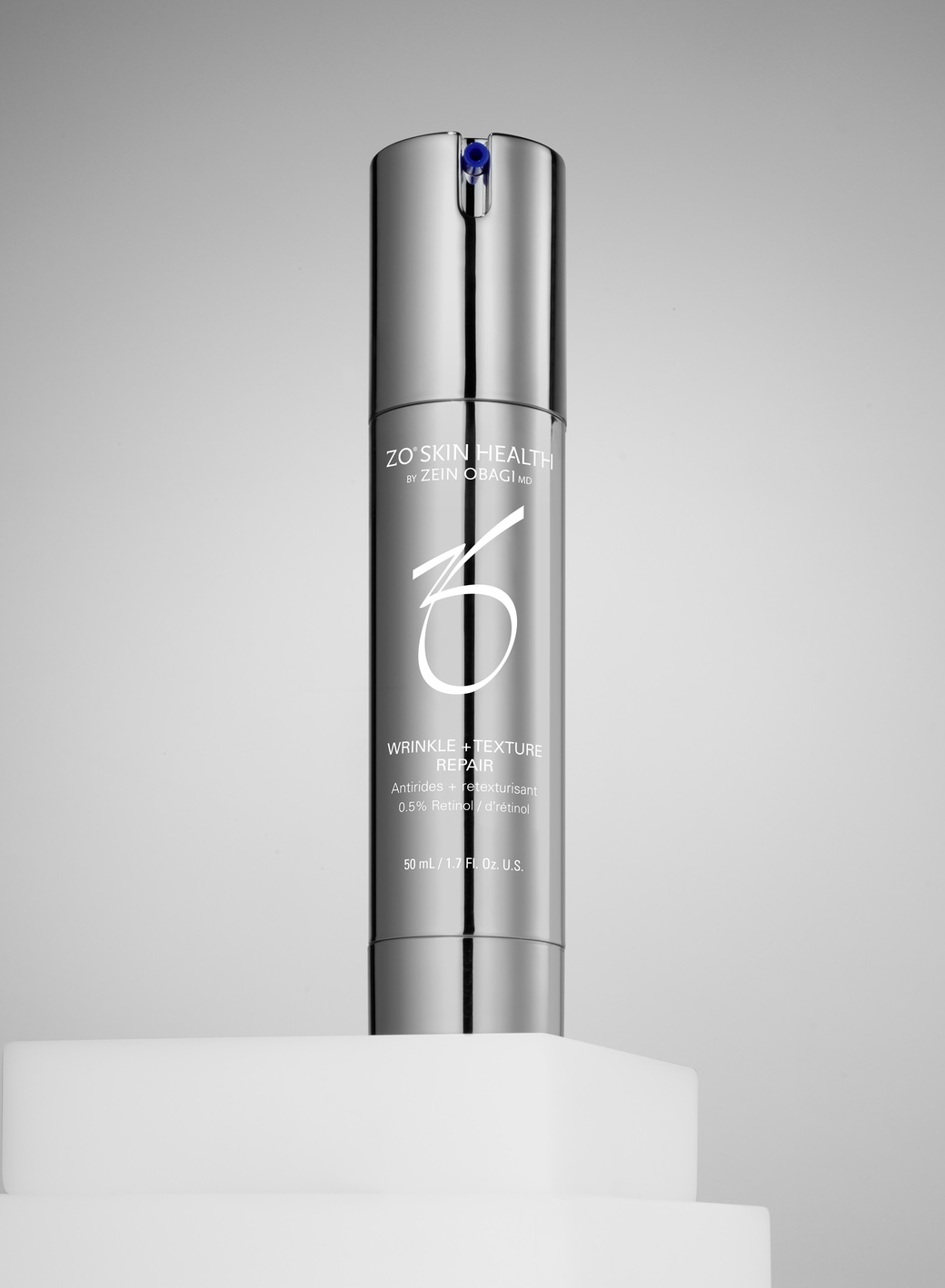
Final Thoughts from Dr. Menezes
Retinoids are not a fad or a passing trend. They are one of the most powerful tools we have in Medical-Grade Skin Care because they work at the cellular level to create long-term change.
That said, they are not for everyone, and they are not one size fits all. The best program is the one that considers your skin, your goals, and your lifestyle. For some, that will mean a gentle over-the-counter retinol. For others, it may involve prescription-strength tretinoin. What matters most is that the plan feels realistic and sustainable for you.
With the right approach, retinoids can help you achieve healthier, stronger, and more radiant skin.
READ
MORE
20% Off Skin Care + Candles
Skin care and candles 20% off until 12/24/25. Plus receive $25 treatment credit for every $100 spent on skincare. In clinic purchases only. Credit must be used by 3/31/26. No extensions. Credit not valid for injectable treatments.
